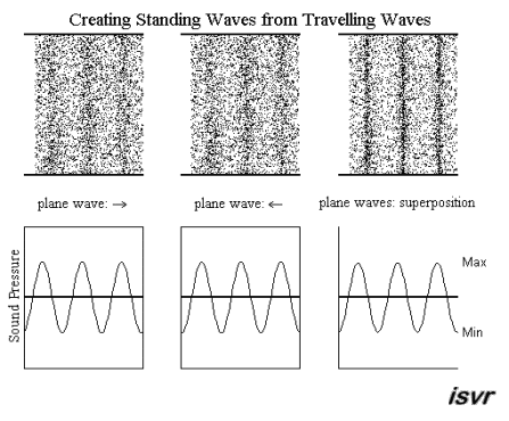pimogo
New Member
Thread Starter
- Joined
- Jul 22, 2022
- Posts
- 6
More
- Preamp, Processor or Receiver
- Yamaha A-S1200
- Streaming Equipment
- Cambridge CXN v2
- Streaming Subscriptions
- Qobuz
- Front Speakers
- Klipsch Forte IV
Hello All ! New to the community and looking for help to fine tune the process below which I've undertaken after a bit of research both in the forums and on YouTube. I plugged settings I've seen others use but I'm not entirely certain if these settings are best for my specific case. I should also state that my objective is primarily to address any room issues. I have some bass traps behind each of the speakers, but nothing along the walls to address early reflection, etc.. Hoping i can do some EQ magic for now.
My equipment:
Using a Umik-1 with calibrated 90 degree file, I began my measurements by pointing away from the speakers from about the listening spot using the moving mic method I learned from watching this video (link removed), I took several measurements.
I started w/ taking measurements of each speaker first (L and R) and then comparing those measurements to the composite measurement of L&R together, seen below.
REW Preferences:

Generator Settings

Using those settings, I generated the following set of measurements....
Measurements with 1/24 Smoothing

Average

Now is the part I probably need the most help with! Creating a set of filters from these measurement so I can plug into ROON. I took a stab as follows, but please correct me if I'm wrong. Watching several videos on the topic helped but also confused to an extent as everyone tends to use their own preferred settings.
EQ Settings-
This part is still a bit of a mystery to me. I used a harman curve which i added via preferences.

Settings i changed were:
1. Generic
2. Full range Speakers - forte iv's??
3. I hit the 'Calculate target level from response' to get the curve to overlap the house curve. Yes , I'm using a harman house curve for this example.
4. Match range 38 to 20,000 (my fortes only go down to 38 so i figured i would cap it there)
With those settings in tow, I hit the 'match response to target'.
That yielded the following:

Questions:

I tried using these in ROON, but i felt some of the energy was sucked out when ABing before and after results.
Any help or guidance would be awesome!
Thanks!!!.
My equipment:
- Yamaha A-S1200
- Cambridge CXN v2
- Forte IVs
- Umik-1
- REW Software
- Moving Mic Method
Using a Umik-1 with calibrated 90 degree file, I began my measurements by pointing away from the speakers from about the listening spot using the moving mic method I learned from watching this video (link removed), I took several measurements.
I started w/ taking measurements of each speaker first (L and R) and then comparing those measurements to the composite measurement of L&R together, seen below.
REW Preferences:
Generator Settings
Using those settings, I generated the following set of measurements....
Measurements with 1/24 Smoothing
- Left only - red
- Right only - blue
- Both #1 - orange
- Both #2 - green
Average
- I averaged all 4 measurements above to create this Average
Now is the part I probably need the most help with! Creating a set of filters from these measurement so I can plug into ROON. I took a stab as follows, but please correct me if I'm wrong. Watching several videos on the topic helped but also confused to an extent as everyone tends to use their own preferred settings.
EQ Settings-
This part is still a bit of a mystery to me. I used a harman curve which i added via preferences.
Settings i changed were:
1. Generic
2. Full range Speakers - forte iv's??
3. I hit the 'Calculate target level from response' to get the curve to overlap the house curve. Yes , I'm using a harman house curve for this example.
4. Match range 38 to 20,000 (my fortes only go down to 38 so i figured i would cap it there)
With those settings in tow, I hit the 'match response to target'.
That yielded the following:
Questions:
- Should i be using Full Range Speakers?
- What should I try next to create better picture of my room?
- The PEQ it generated yielded several high Q filters, should i drop high Q filters?
- Several filters in the 100-200 hz range, should they be consolidated?
- Should i have a high pass filter at 38hz? The lowest range my speaker can go, theoretically.
- Also why isn't REW adusting for the dip between the 200-800 hz region?
I tried using these in ROON, but i felt some of the energy was sucked out when ABing before and after results.
Any help or guidance would be awesome!
Thanks!!!.
Last edited:
















